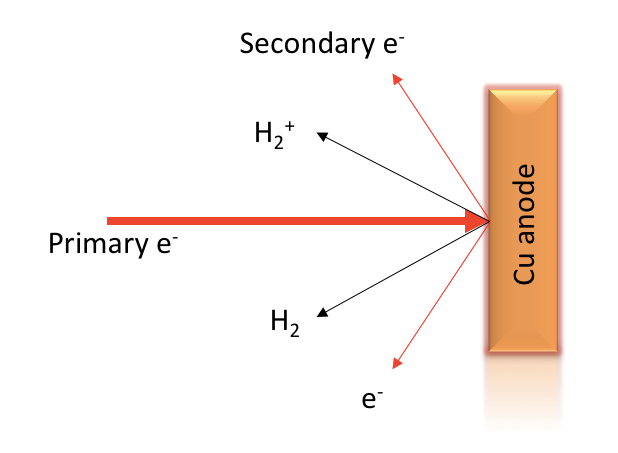The project focuses on eliminating the anode’s contribution to outgassing and plasma formation caused by the near surface ionization of the outgassed neutral atoms by the desorbed electrons, thus increasing the lowest achievable pressure in vacuum electronics devices improving their efficiency.
StudentSupervisor |
Advisor |
Introduction
Recent advancements in diodes for vacuum electronics devices are towards new materials for cathodes and anodes. While the investigations of cathodes appear to have reached a high level of success, the anode area still remains underdeveloped. Present anode materials limit the lowest achievable pressure in an vacuum electronics device, thus reducing its efficiency. The challenges lie with the anode’s significant contribution to outgassing and plasma formation, caused by its secondary electron emission – all of which are thermally driven phenomena generated by the electron beam impacting the anode’s surface.

The goal is to eliminate these products and thus increase the vacuum electronics efficiency by investigating materials which would most benefit anode applications, as well as finding optimal outgassing and secondary electron emission reduction methods and applying them to the selected material choices.

